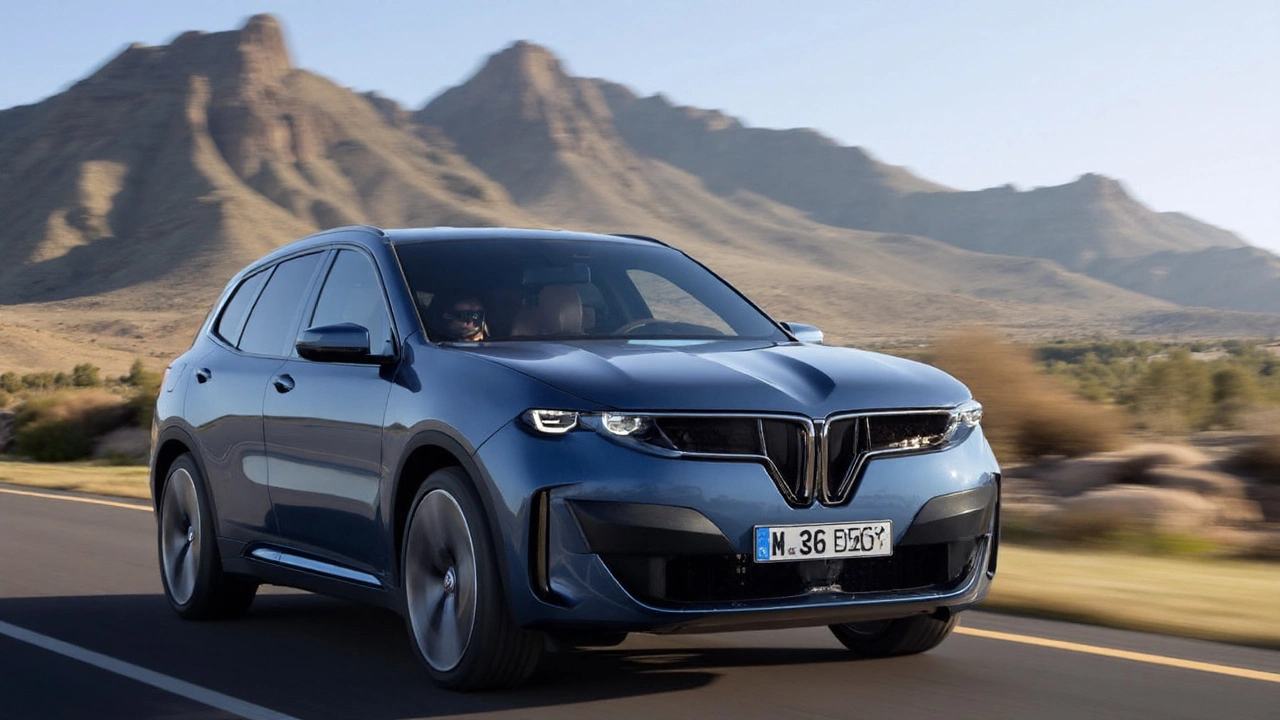800-Volt: The Power Behind Faster, Cleaner Racing
Ever wonder why the newest electric race cars brag about an 800-volt system? It’s not just a number you toss around for hype. Higher voltage lets a car move more energy faster, which translates to quicker acceleration, shorter charging times, and lighter wiring. In plain terms, an 800-volt setup makes the car feel more like a race‑ready rocket.
Why 800-Volt Matters in Racing
When you crank up the voltage, the current needed to deliver the same power drops. Less current means the wires can be thinner, saving weight—a crucial factor on the track. Lighter cars accelerate quicker and handle better, giving drivers that extra edge in the corners. Teams also love 800-volt because it lets them charge a full battery in 15‑20 minutes instead of the half‑hour you’d need with a 400‑volt system.
Think about Formula E. The series moved to 800-volt platforms to keep race‑day pit stops short and keep the drama high. Drivers can swap batteries or plug in without losing precious seconds, and the cars stay quiet yet punchy. This voltage boost also helps keep battery temperatures down, which protects performance during long sprints.
How 800-Volt Tech Improves Everyday Driving
High‑voltage isn’t just for the pros. Road‑legal EVs like the Porsche Taycan and Hyundai Ioniq 5 use 800‑volt architecture to give drivers the feel of a sports car. Faster DC charging means you can grab a 10‑20 % charge on a short coffee break and be back on the road in minutes.
Besides speed, 800‑volt systems improve efficiency. With lower current, less energy is lost as heat, so the battery can go farther on the same charge. This also means the cooling system can be smaller, freeing up space for more cabin room or extra cargo.
Safety is another win. Modern EVs include robust insulation and fault‑detection that keep the high‑voltage side isolated from the driver. If something goes wrong, the system can shut down instantly, protecting both the car and its occupants.
So, if you’re shopping for an electric car and see “800‑volt” in the specs, you’re looking at a vehicle that charges faster, runs cooler, and often feels more responsive. It’s the same tech that gives race teams a competitive edge, now packaged for daily commuters.
In short, 800‑volt isn’t a marketing gimmick. It’s a real engineering advantage that speeds up charging, cuts weight, and boosts overall performance. Whether you’re watching a high‑speed electric race or picking up a new EV, the higher voltage is shaping the future of motorsport and everyday driving alike.
Next time you hear the term, think of it as the hidden horsepower that lets electric cars go from zero to wow in record time, all while staying efficient and safe.
BMW iX3 debuts with 805 km range: first Neue Klasse EV brings 800-volt tech and rare-earth-free motors
BMW has revealed the first Neue Klasse production model, the iX3, with a claimed 805 km range and major efficiency gains. The 50 xDrive version packs 345 kW, hits 0-100 km/h in 4.9 seconds, and tows up to two tonnes. Highlights include 800-volt architecture, silicon carbide power electronics, and motors that avoid rare earths. Design nods to classic BMWs while pushing aerodynamics to a 0.24 Cd.



